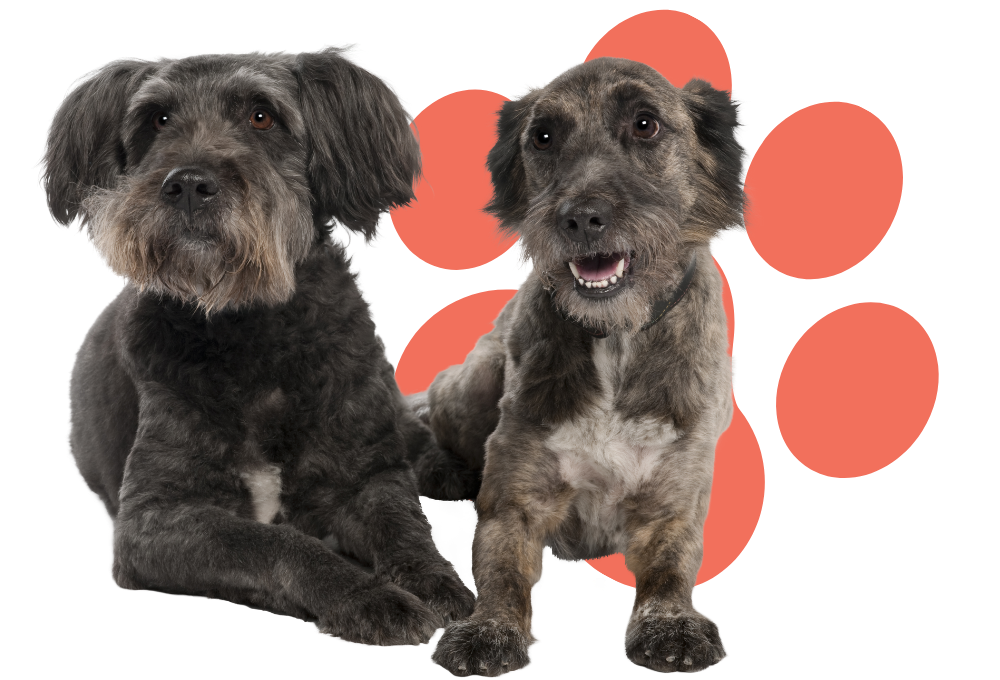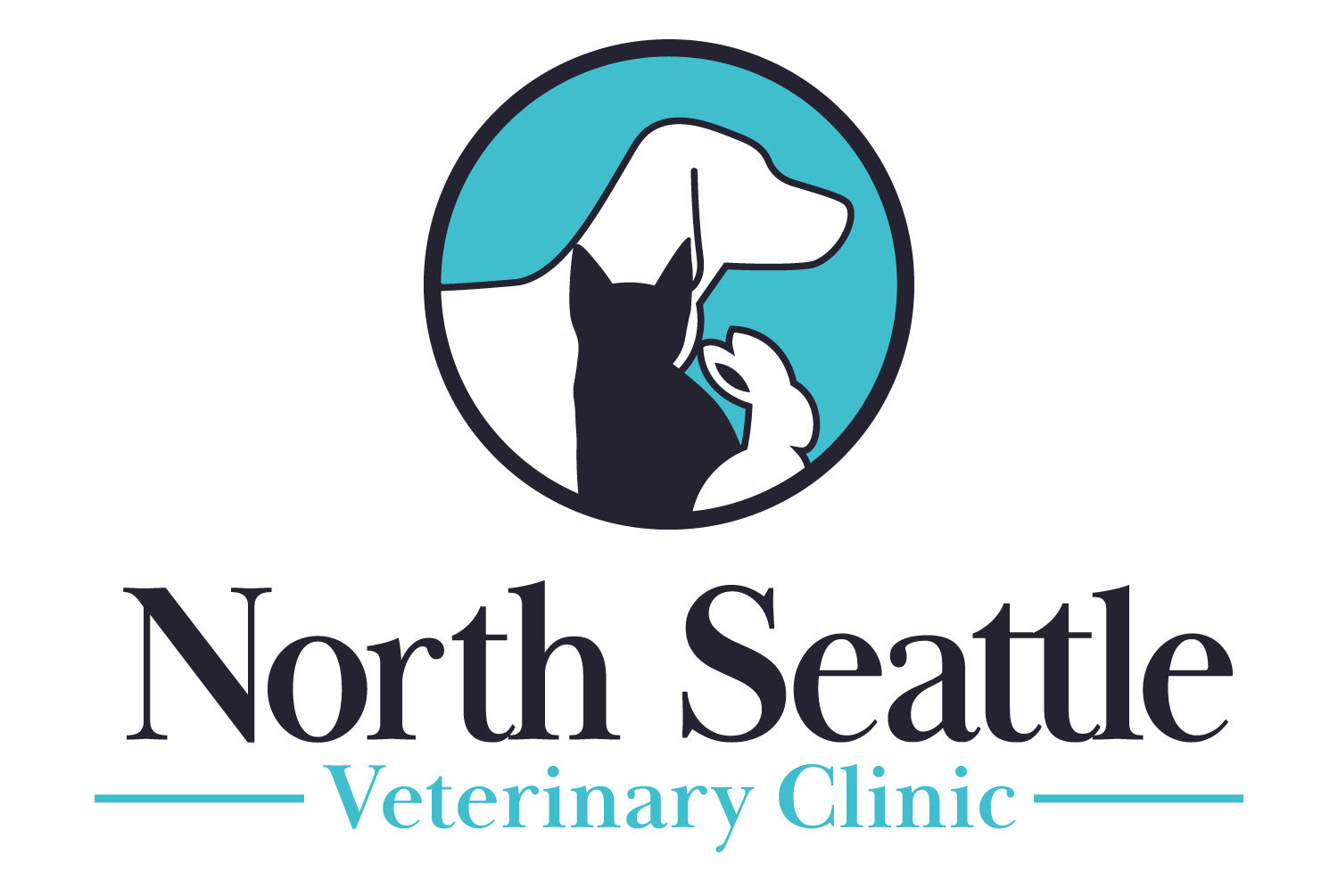Home Dental Care for Your Dog

Periodontal Disease
Periodontal disease is one of the most common health issues in veterinary medicine. Even if your dog’s teeth look pearly white and clean, studies show that 80-90% of dogs over the age of 3 have some form of periodontal disease. Whether large or small, adult dogs generally have 42 teeth. In some dogs, especially small dogs, or dogs with shortened muzzles (i.e.; pugs, bulldogs, etc.), we can also see crowding of the teeth, which can trap bacteria and quickly lead to periodontal disease. Pet parents can help reduce the build-up of bacteria and tartar on their pet’s teeth with professional cleanings and routine oral care.
Brushing Your Dog’s Teeth
Brushing is the single most effective means to maintain dental health between professional cleanings. To be effective, brushing needs to be performed several times each week. Of course, daily brushing is best. A gradual approach is needed to get a dog to accept brushing. You will need pet-safe toothpaste and a finger brush or small child’s toothbrush. Dogs can first get used to having someone touch their mouths and teeth and may like to lick the toothpaste. This can be gradually increased to brushing just a couple of teeth at a time. Most dogs will eventually tolerate brushing all the teeth. Only the outsides of the teeth need to be brushed. Dogs should be rewarded with treats or praise during and after brushing.
Chew Toys and Dental Treats
Many chew products are designed to be used regularly to keep tartar from forming on the teeth. For chews the “rule of thumb” is if a fingernail cannot indent the surface of the item, then it should not be given to dogs for chewing. Products such as nylon bones, hooves, antlers, and marrow bones routinely cause tooth fractures and should be avoided. Hard rubber toys such as Kong toys and large rubber balls can be good for chewing. Some softer rawhides can be okay, as well as compressed rawhides. Of course, pet parents should be cautious of their dogs chewing off and swallowing large pieces, as this can lead to problems in the gut. Always monitor your dog while playing with chews and toys and throw away toys and treats that have been shredded or torn into pieces that can easily be swallowed.
Other Home Dental Treatments
Chlorhexidine and Biotrate are effective anti-plaque ingredients. they comes in rinses, gels, toothpastes and water additives. Rinses are applied by squirting a small amount inside the cheek pocket on each side of the mouth. Gels are applied onto the outer surfaces of the teeth. Toothpastes are used in conjunction with brushing and water additives can be used in their regular water bowls or fountains. Some dogs object to the taste of these products, while others accept it with no difficulty. Several dental-specific diets have also been shown to be of benefit in reducing the accumulation of plaque and tartar in dogs either by the design of the kibble or an anti-tartar polyphosphate ingredient.
Oravet barrier sealant is a waxy material that can be applied to the teeth at the time of a dental cleaning to prevent plaque and tartar formation. It is followed by at-home applications on a weekly basis to continue the protection.
The Veterinary Oral Health Council recognizes products that meet pre-set standards of plaque and tartar control. A list of items can be found at VOHC.org.
Dental care products we carry at North Seattle Veterinary Clinic include:
● Hill’s T/D dental diet
● Oravet Barrier Sealant Gel
● CET toothpaste and brushes
● Entero Probiotic (promotes healthy oral and intestinal flora)
● VetraDent Water Additive
● Maxi/Guard Oral Cleansing Wipes
More information on cat dental care can be found at: American Veterinary Dental College (AVDC), Cornell Riney Canine Health Center and AVMA.
